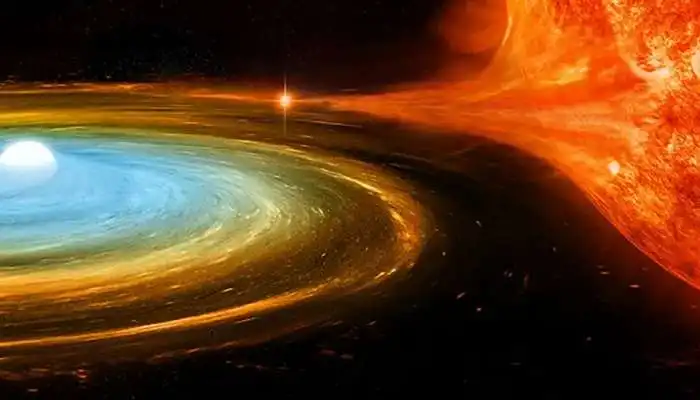How to view 2024 nova explosion without telescope
Rare nova explosion expected in September 2024, visible to naked eye. Recurrent event, not supernova. Historical sightings date back centuries.
Berlin: In September, a rare nova explosion is expected to light up our night sky, originating 3,000 light-years away from Earth. A nova explosion occurs when two neighboring stars interact, with one being a white dwarf and the other a red giant. The white dwarf, similar in size to Earth but with the mass of the Sun, strips hydrogen from the red giant, leading to a buildup of pressure and heat that triggers a massive thermonuclear explosion. This event, known as the T Coronae Borealis or "Blaze Star," occurs roughly every 80 years and has been observed as far back as 1217 AD.
Unlike a supernova, which completely destroys stars, a nova event leaves the dwarf star intact, allowing it to repeat over time. The explosion will appear as a new star in the sky, visible to the naked eye for several days. The Northern Crown constellation, located west of Hercules, is the ideal spot to observe the nova. While telescopes are already pointed towards T CrB, the exact timing of the explosion in September 2024 remains uncertain.
Historically, the T CrB nova was last seen in 1946, with the first recorded sighting dating back over 800 years. Chinese astronomers observed the first supernova almost 2000 years ago in 185 CE. These celestial events have fascinated humans for centuries, with some interpreting them as signs or omens. The upcoming T CrB nova promises to be a spectacular event that will captivate astronomers and stargazers alike.











Comments on How to view 2024 nova explosion without telescope